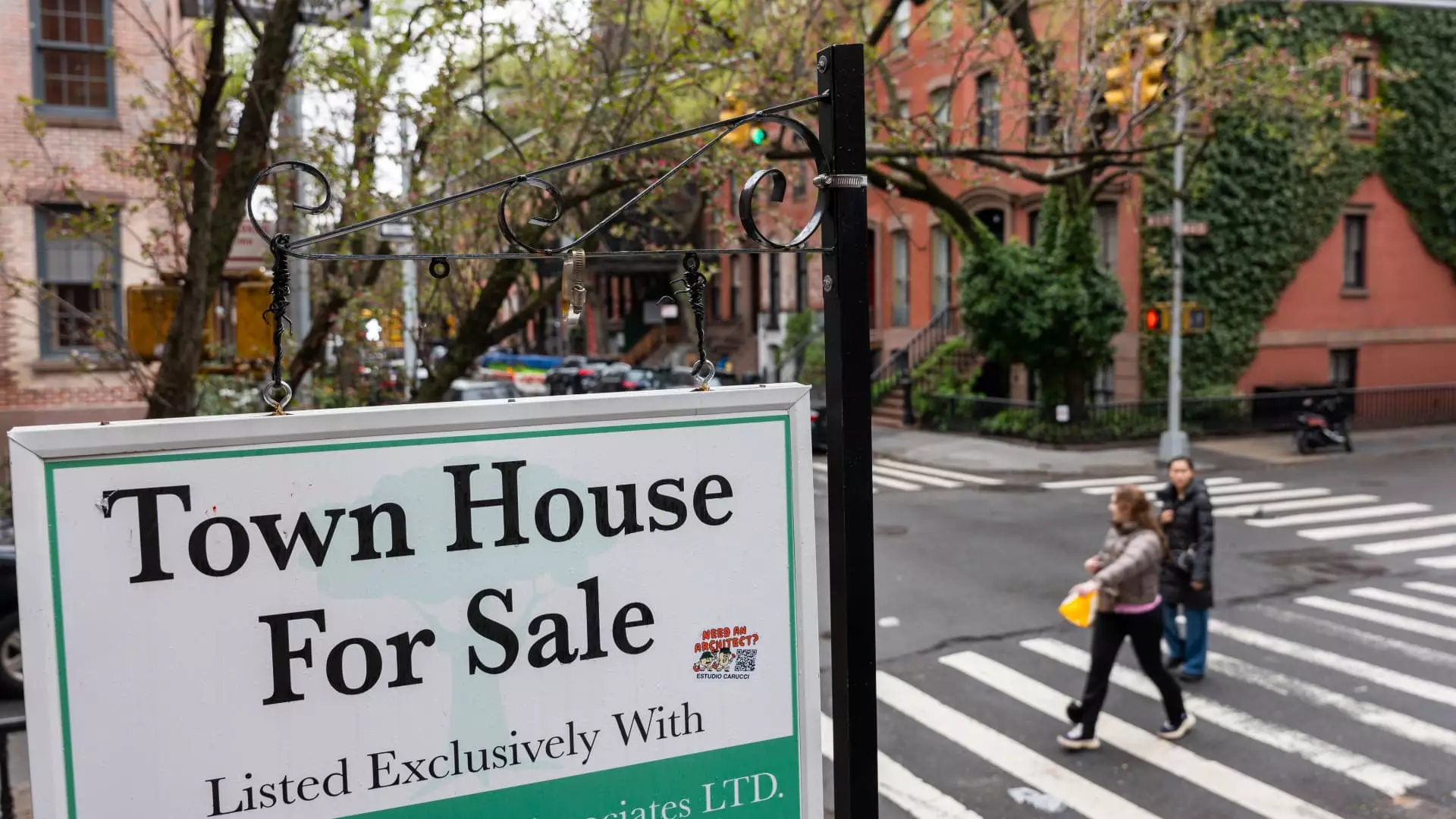Manhattan’s real estate market is experiencing a significant shift towards buyers, as apartment prices have decreased and inventory has increased. Reports show that in the second quarter of 2024, the average real estate sales price in Manhattan fell by 3% to just over $2 million. Additionally, the median price dropped by 2% to $1.2 million, marking the first time that luxury apartment prices have fallen in over a year. This decline in prices can be attributed to the rising inventory of apartments for sale, which are also taking longer to sell.
The number of apartments for sale in Manhattan has surpassed the 10-year average, reaching over 8,000 units on the market. This surge in inventory has led to a 9.8 month supply of apartments for sale, indicating that Manhattan is now in a buyer’s market. According to industry experts, any supply number over 6 months suggests an oversupply, giving buyers an advantage in negotiations.
The current situation in Manhattan contrasts the national real estate landscape, where tight supply has kept prices high. However, in Manhattan, the strong prices seen post-Covid have become unsustainable, prompting buyers and sellers to adjust to a higher interest rate environment. The gap between buyer and seller expectations is narrowing, leading to more deals closing in the second quarter.
High rents in Manhattan have also played a role in driving sales, as the average apartment rental price remains over $5,100 a month. Many potential buyers who were waiting in the rental market are now transitioning to buy, hoping for a decrease in interest rates later in 2024 or early 2025. While mortgage rates have a less pronounced effect on Manhattan real estate due to the prevalence of cash transactions, high rents have pushed some renters into the sales market.
Although prices fell across all segments of Manhattan’s real estate market, the luxury segment has seen a more significant decline. The median sale prices for luxury apartments, which represent the top 10% of the market, dropped by 11% in the second quarter. Listing inventory of luxury apartments also surged by 22%, as wealthy buyers are holding off on purchases due to uncertainty surrounding upcoming elections.
Manhattan’s real estate market is undergoing a transition towards a buyer’s market, with decreasing prices and increasing inventory. The shift in buyer and seller dynamics, coupled with high rents and uncertainties in the luxury segment, are shaping the current landscape of Manhattan’s real estate market. Buyers may find opportunities in the market as sellers adjust to the new realities of the post-Covid era.

